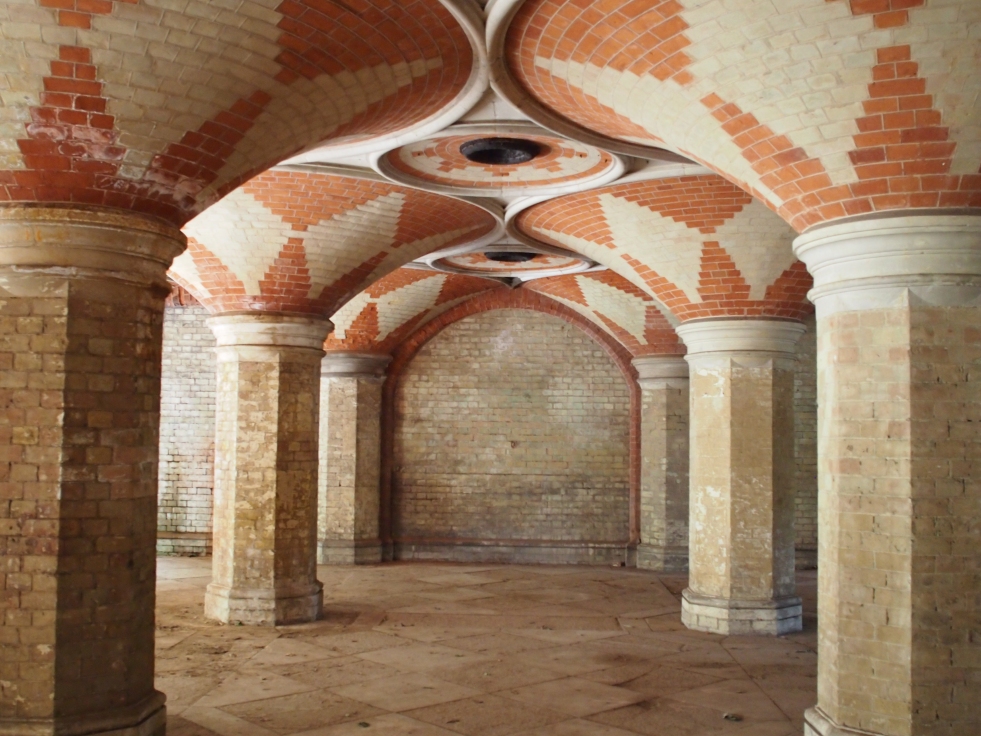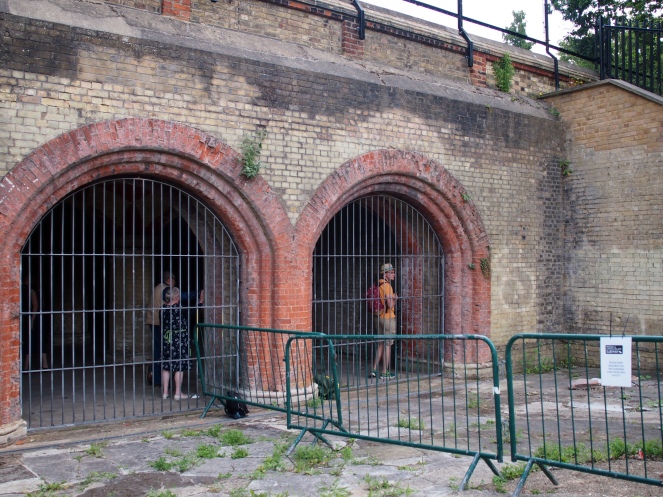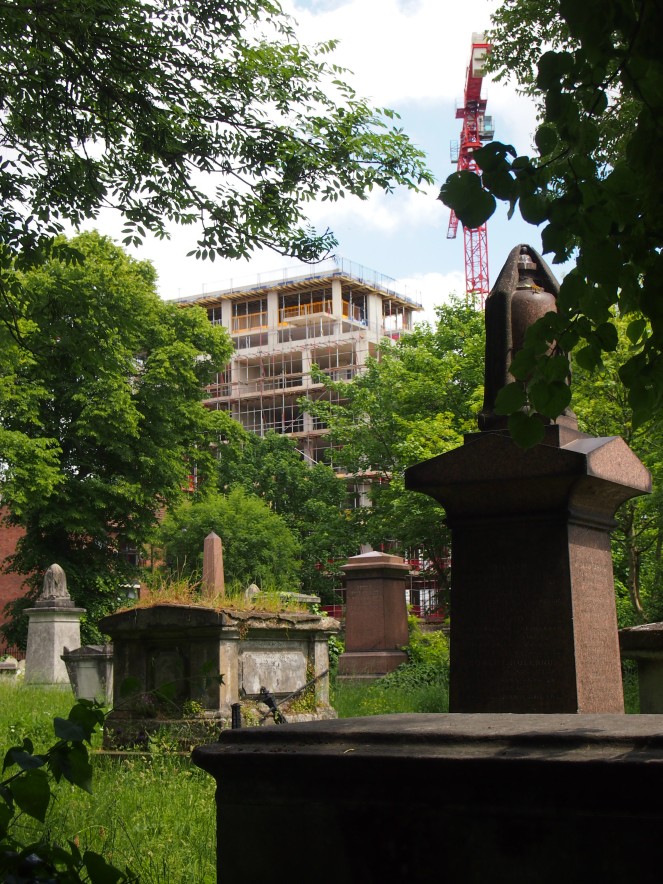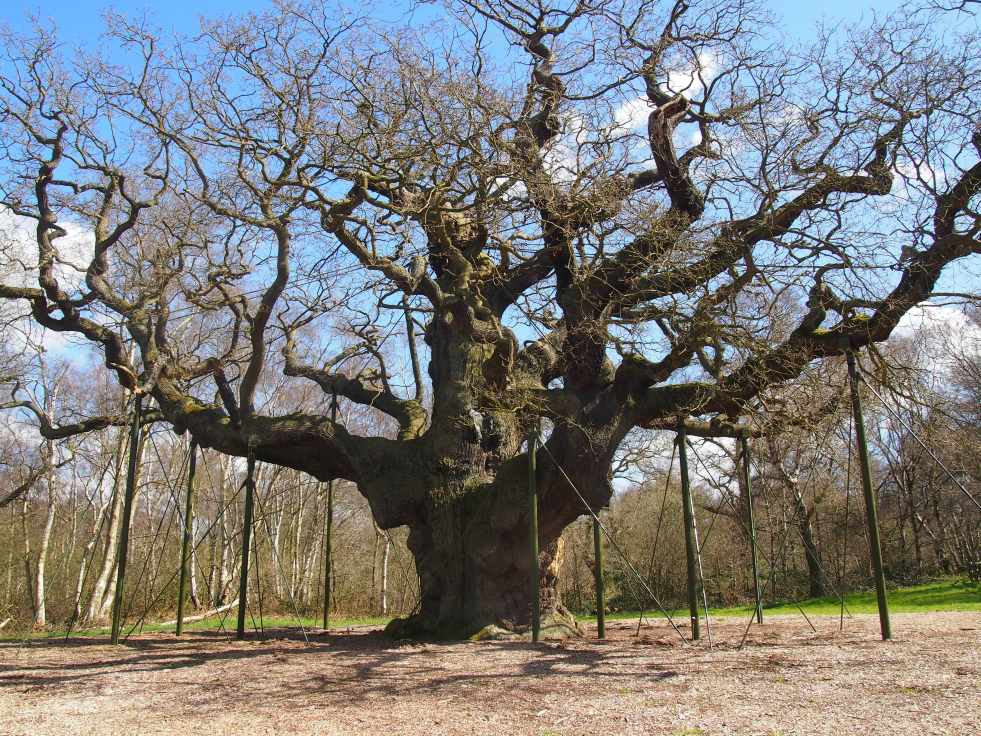Bunhill Fields, just to the north of the City of London, is one of the capital’s most famous burial grounds and particularly noted as the final resting place of many of London’s nonconformist Christians. Close to Bunhill Fields is another green space, its history as a burial ground much less conspicuous than that of its famous neighbour. But like Bunhill Fields, Quaker Gardens has a long history of burial and religious dissent. I visited Quaker Gardens on a sunny winter afternoon in early 2020 to see what remained of this historic site.
 Continue reading “The lost burying-ground of London’s Quakers”
Continue reading “The lost burying-ground of London’s Quakers”


















